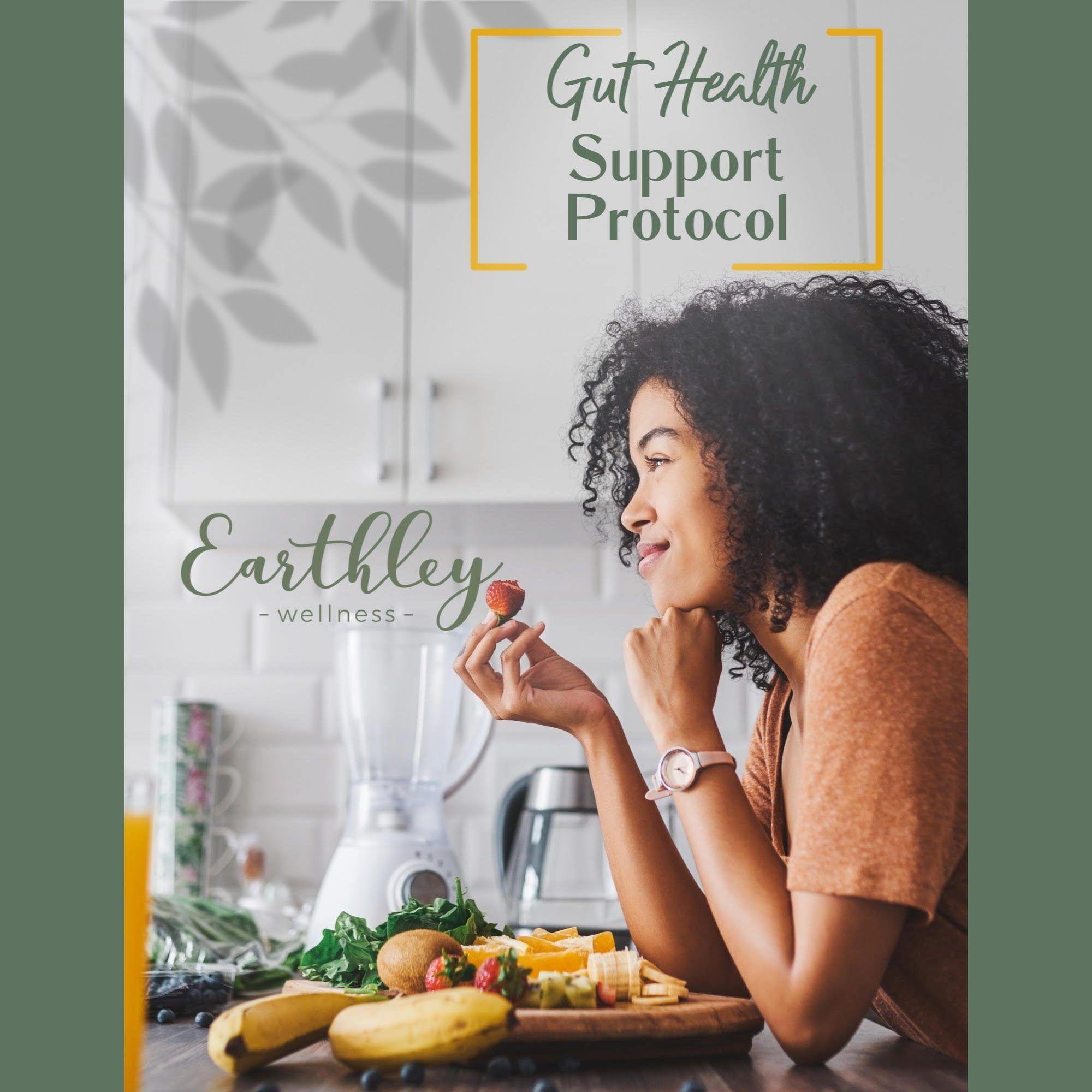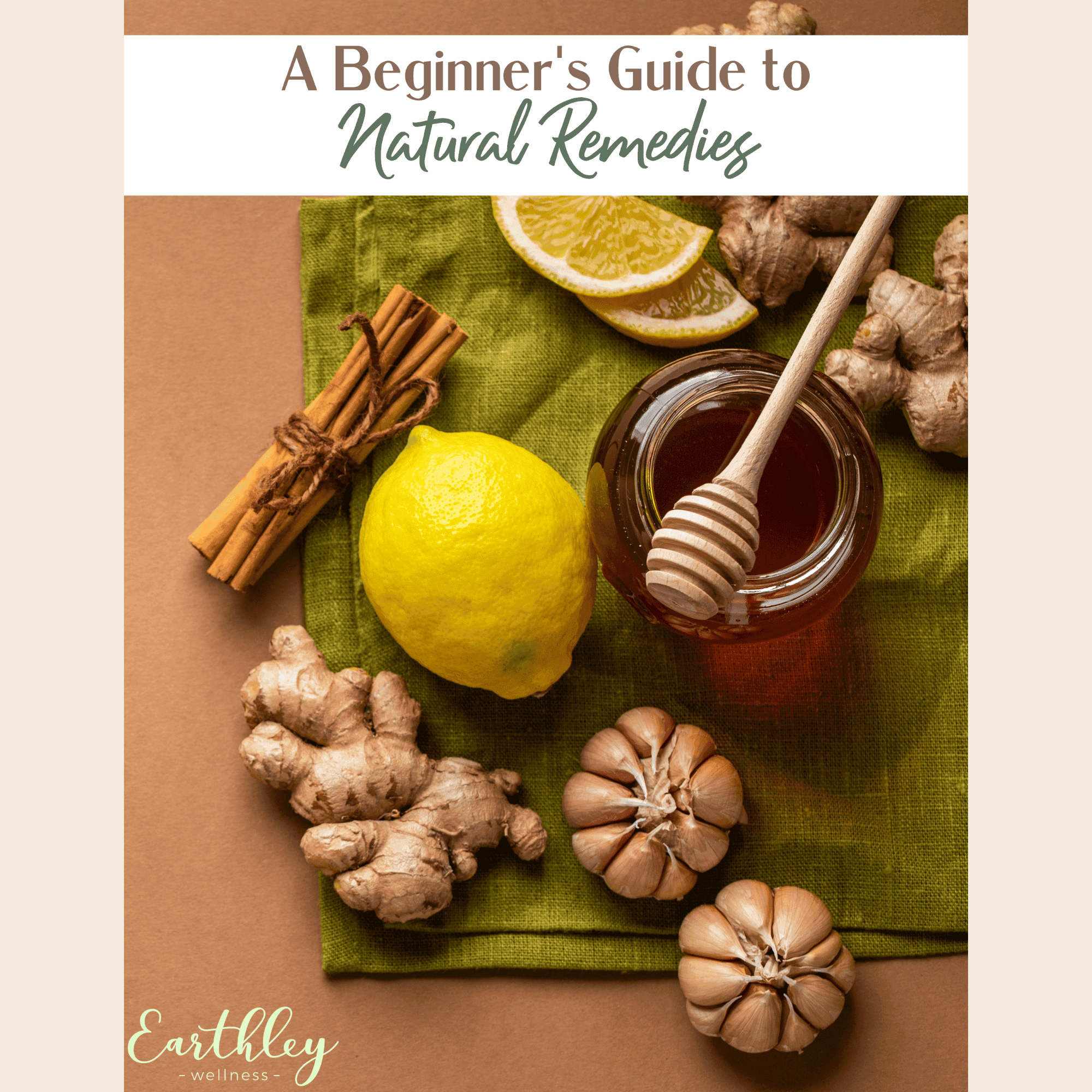The Key Mistake in an Anti-Candida Diet
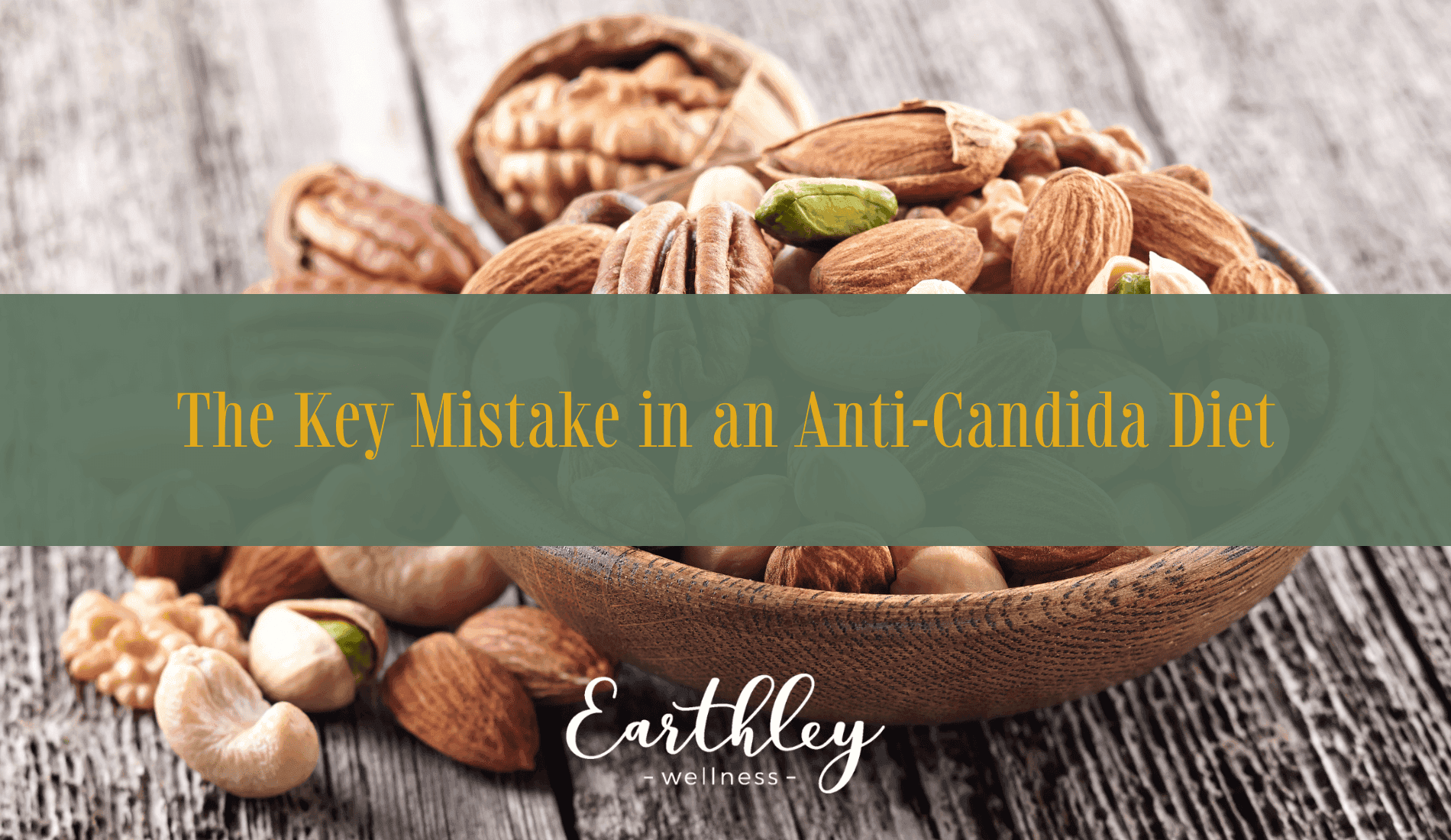
One time, my 5-year-old ran into the room after a bath, naked. It’s who he is — he spent 90% of his time naked when he was 2. He bent over and wagged his butt at me, and I saw it — what looked like a yeast rash.
Huh.
This kid did have some gut issues because of our mold exposure when he was a baby. But he had been potty trained for three years at this point. Why would he have a yeast rash…and there?!
I knew I was missing something. We don’t eat much sugar or refined flour (at all). Most days, we have fermented foods and drinks. We eat lots of vegetables. So…why?!
It wasn’t until days later when I was driving, and pondering, that I connected the dots. I had a couple suspicions, and as soon as I arrived at my destination, I quickly googled my questions.
Yes.
I knew what was up. And, how to fix it. I also knew that a lot of people are making the same mistakes…so it was time to share.
What is an Anti-Candida Diet?
An anti-candida diet is a special diet that people start because they are worried about yeast overgrowth, specifically candida albicans. All of us have some of this yeast in our bodies (that’s normal), but it can get out of control.
What causes yeast to get out of control?
Eating too much sugar, too many refined grains, processed foods, antibiotics, birth control pills, really anything that can affect your gut flora. The “good bacteria” is pretty fragile, and if it gets killed, then yeast can grow out of control.
When that happens, people experience symptoms like:
- Weight gain
- Fatigue
- Brain fog
- Frequent yeast infections
- Frequent illnesses (colds, sinus infections, etc.)
- Acne or rosacea
- Headaches
- Sugar intolerance or frequent cravings
- Digestive issues (frequent diarrhea especially)
- Fungal infections on skin/nails
- Joint pain
This is some nasty stuff. And a lot of people are dealing with it, and don’t even realize it! If you have been on antibiotics recently or often, it’s a pretty safe bet that you are dealing this this.
If you have too much yeast— or suspect you do — what next?!
Many people start an anti-candida diet. Although they vary some, they have pretty common guidelines. They tell you to avoid:
- Sugar
- Grains/gluten
- Alcohol
- Sweet fruit
- Processed foods
Some also recommend against dairy and some mushrooms/types of fungi. A few recommend against meat/animal products, while others are heavy on meat, especially bone broth.
Most, since they’re against grains, are pretty heavy on nuts and seeds.
As a side note, I honestly think the advice to avoid mushrooms and kombucha is, generally, misguided. The idea behind those is that if they contain a different type of yeast, that they could contribute to the overgrowth of candida albicans. In truth, all probiotics in nature come in multi-strain packages, along with different types of yeast and even some viruses! They are not found in isolation. Consuming other types of yeast and bacteria can help your body get back into balance, and they do not feed candida albicans.
And after this special diet is over, people are advised to eat grains in moderation, and stick to whole grains.
But…there’s a problem with all of this advice. A very important problem, that could sabotage the whole thing.
The Key Mistake in an Anti-Candida Diet
Phytic acid.
It could be summed up that simply, but that isn’t very helpful!
Phytic acid is an “anti-nutrient” that is found in many whole grains, nuts, and seeds. Basically, it is a compound that prevents the nut or seed from “giving up” its vitamins and minerals, so that it can grow once it is planted. In the body, this acid actually blocks the absorption of certain minerals, especially iron, zinc, and calcium.
When someone eats a diet that is high in phytic acid-rich foods, they can become deficient in these minerals.
That’s important, because, among other things, zinc plays a big role in making sure that yeast overgrowth doesn’t occur!
So, if you’re trying to fight yeast…but are doing it by consuming a lot of phytic acid-rich foods, lowering your zinc levels…you will never get better!
How to Really Get Better
Want to get the yeast out for real? It won’t be easy. There are no quick-fixes, no matter what anyone tells you.
Instead, follow this general diet:
- Lots of fresh vegetables and some fruits (no high amounts of sweet fruits)
- Skip grains — or stick to whole wheat sourdough (gluten-free sourdough is good too)
- Avoid nuts and seeds
- Include bone broth and gelatin for balance protein
- Include grass-fed beef liver, or desiccated liver pills (you can make your own)
- Drink lots of fresh FILTERED water. You can make herbal teas too.
- Include lots of fermented foods, like kombucha, water kefir, sauerkraut, etc.
- Include anti-yeast herbs that support the body’s natural detox pathways like cloves, cinnamon, turmeric, garlic, oregon grape root, and echinacea.
Earthley's Natural Remedies for Support
- Check out our Candida Cleanse Herbal Extract made with cloves, cinnamon, turmeric, milk thistle, calendula, and black pepper.
- For topical yeast, try our No More Yeast Salve made with neem oil, olive oil, coconut oil, cloves, cinnamon, and calendula.
- Try our Spice Tea for a flavorful and supportive herbal tea. This blend has green roobios tea, ginger root, cinnamon, and turmeric root.
It’s going to take awhile, and tweaking over time will be necessary. Some do not tolerate foods that others do — so some may need to remove dairy while others don’t. Listen to your body and adjust as needed.
There is no one-size-fits-all answer. And, it’s not a permanent fix. If you go back to the same old diet and medications and so on after…the problem is just going to happen again. Sticking to a healthy, whole foods diet with fermented foods, and using more natural remedies instead of antibiotics and conventional stuff, is going to promote overall health!
Find what you need below!
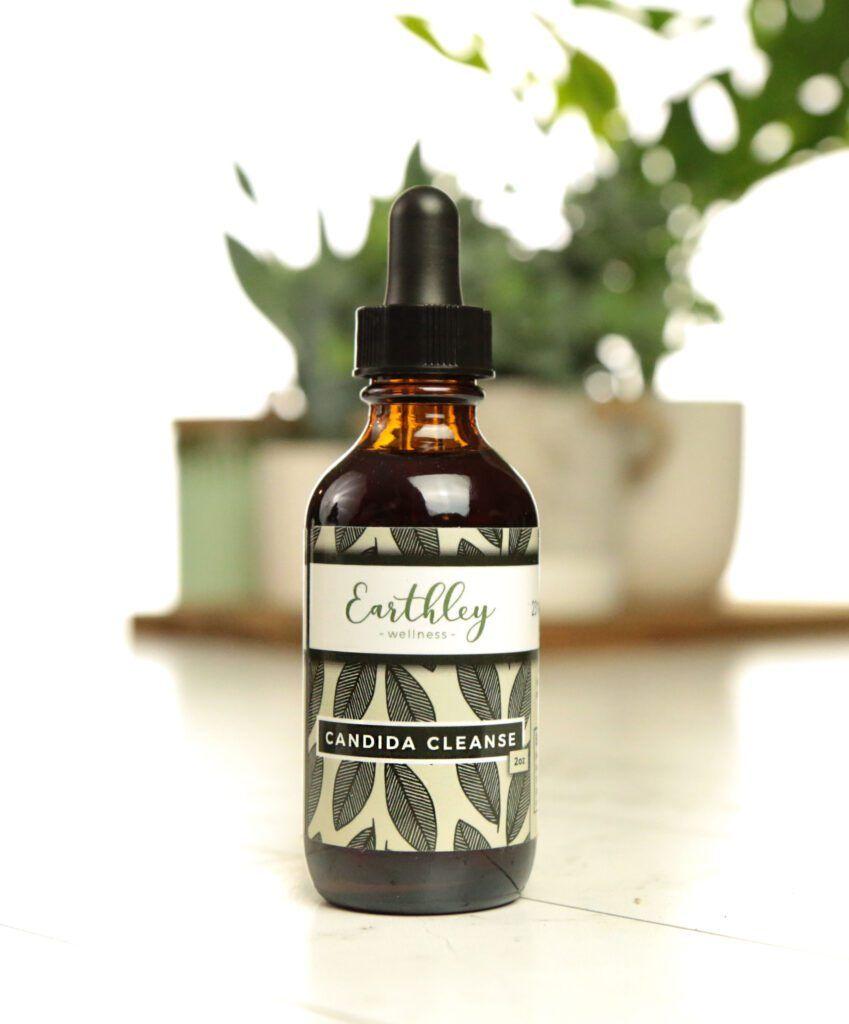
To support a healthy gut microbiome

To promote a healthy, balanced skin microbiome
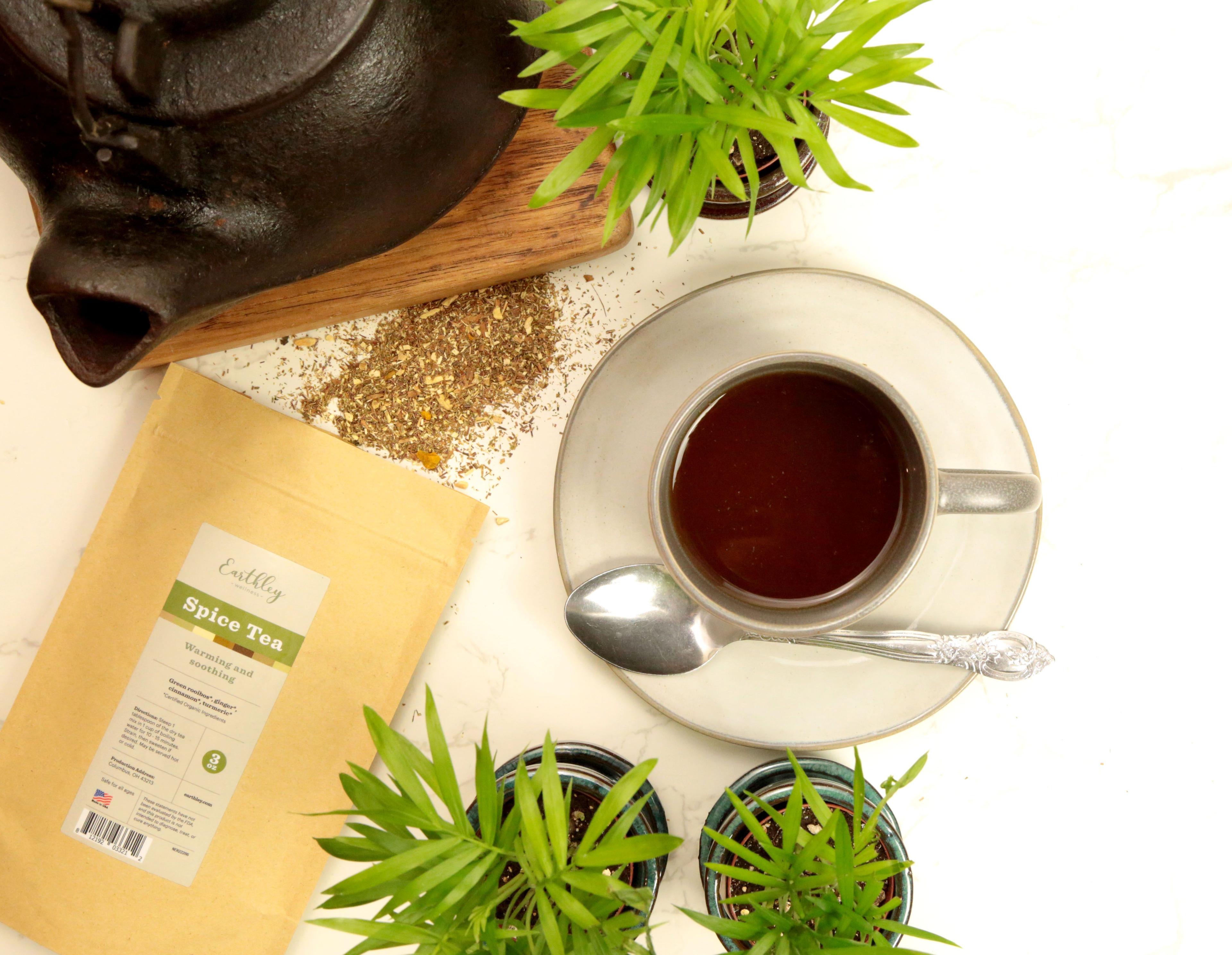
Warming and soothing
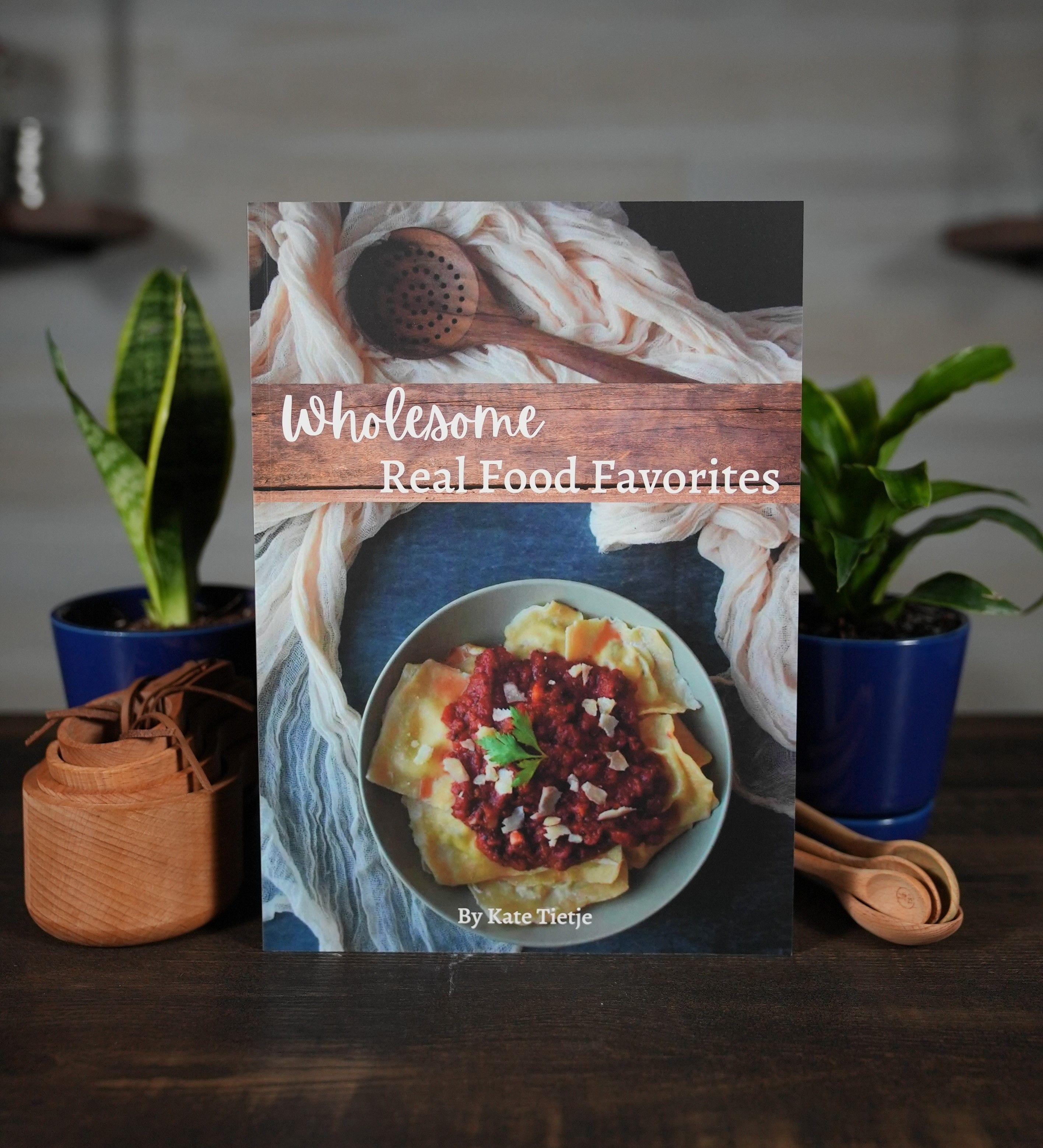
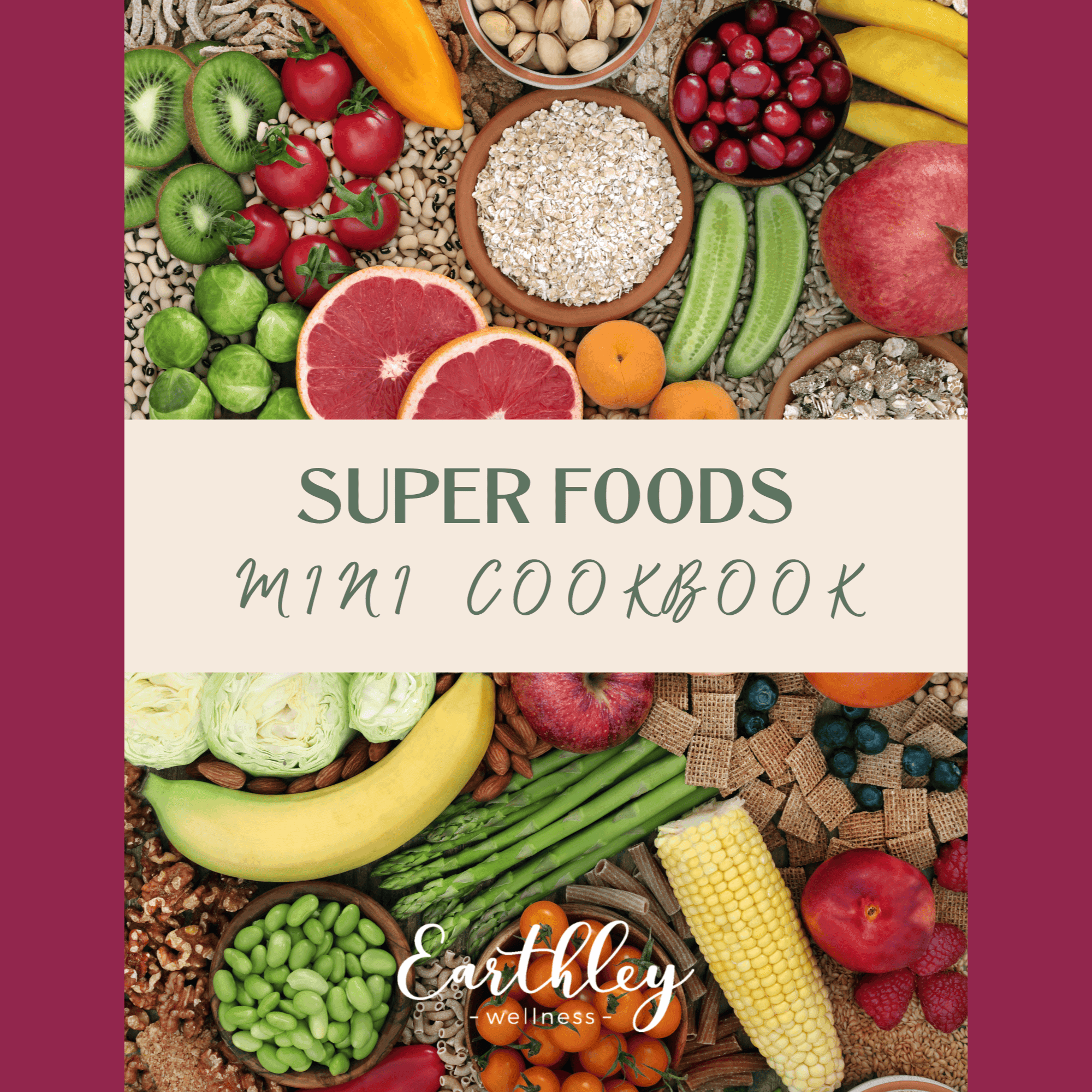
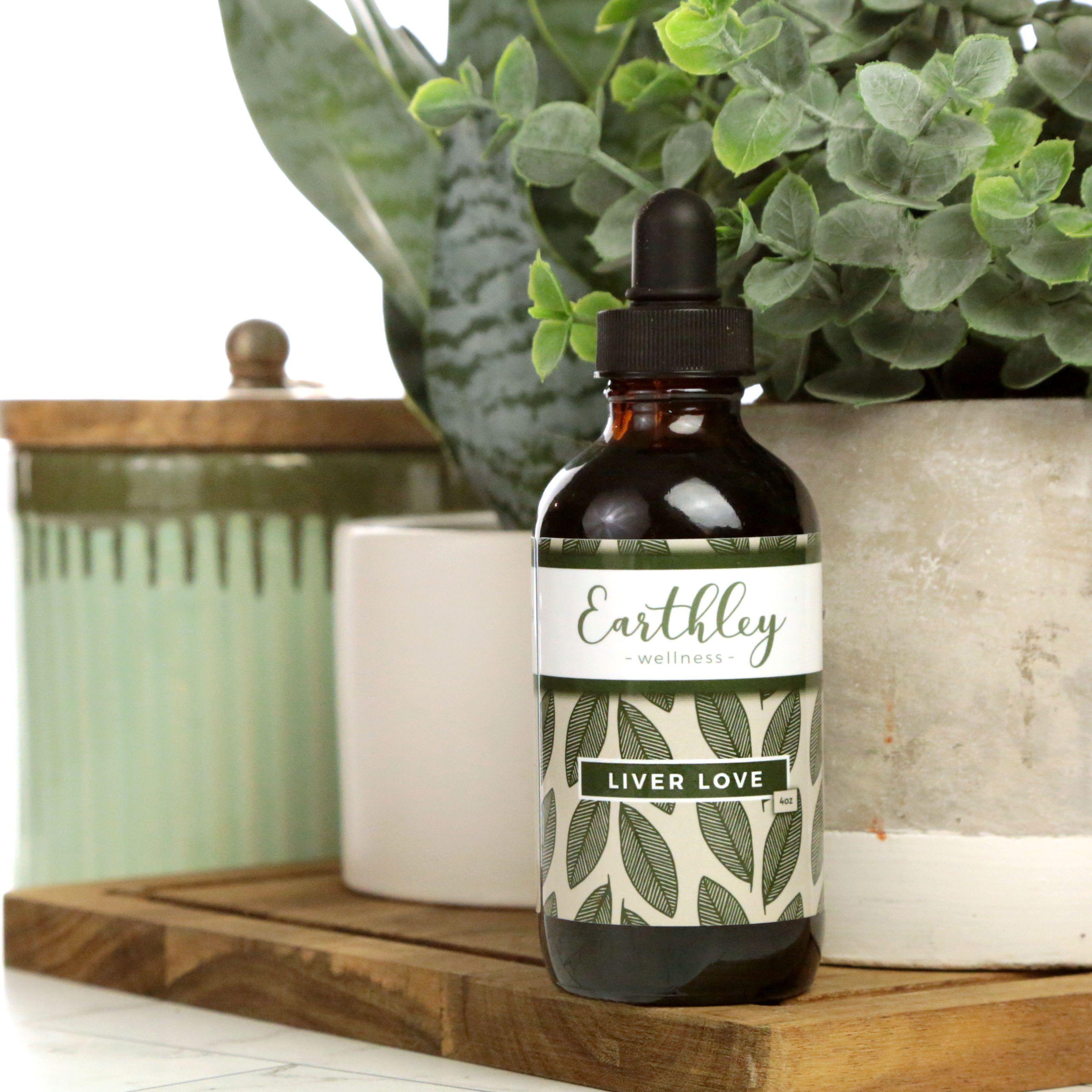
To support healthy liver function
